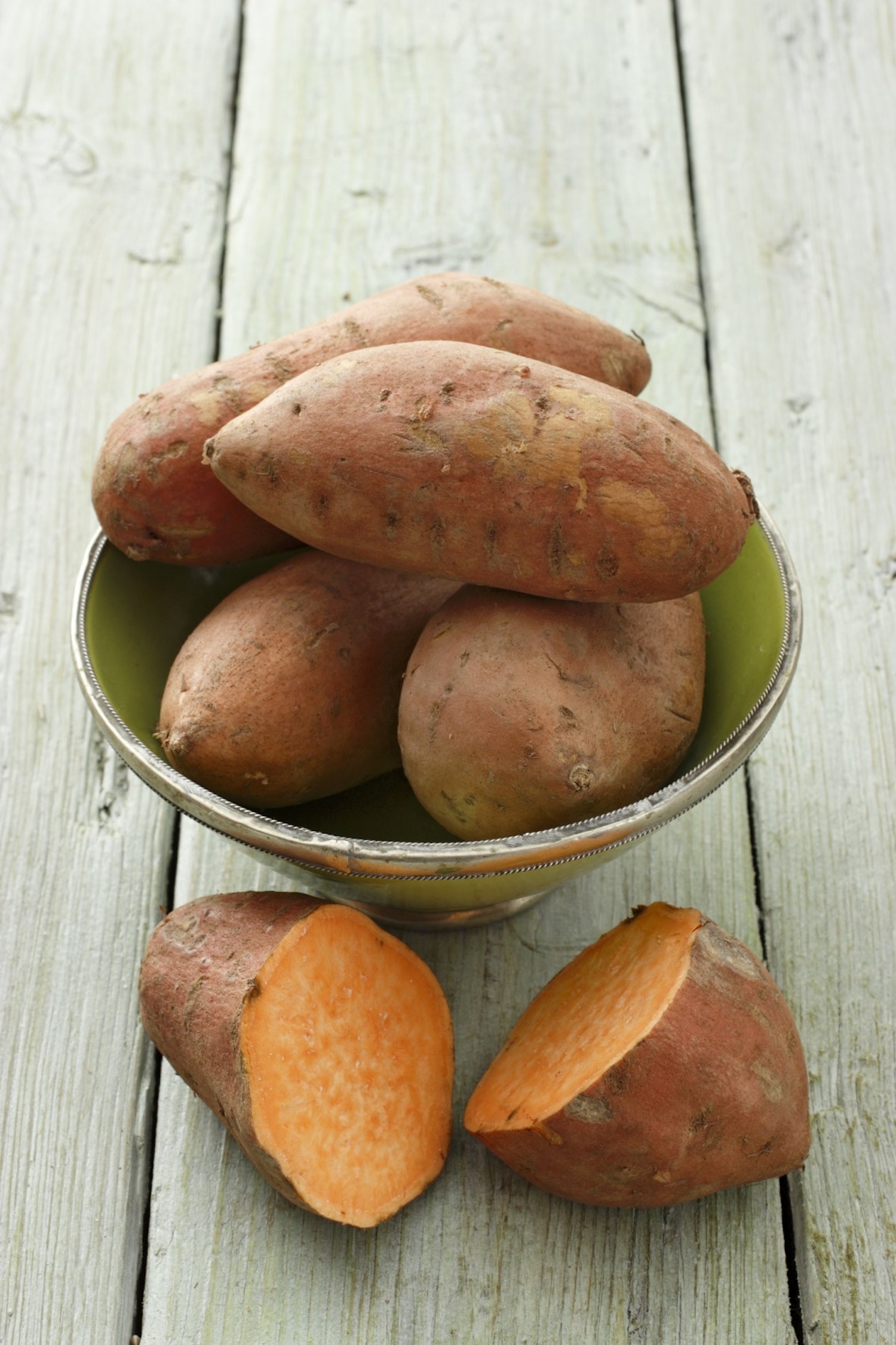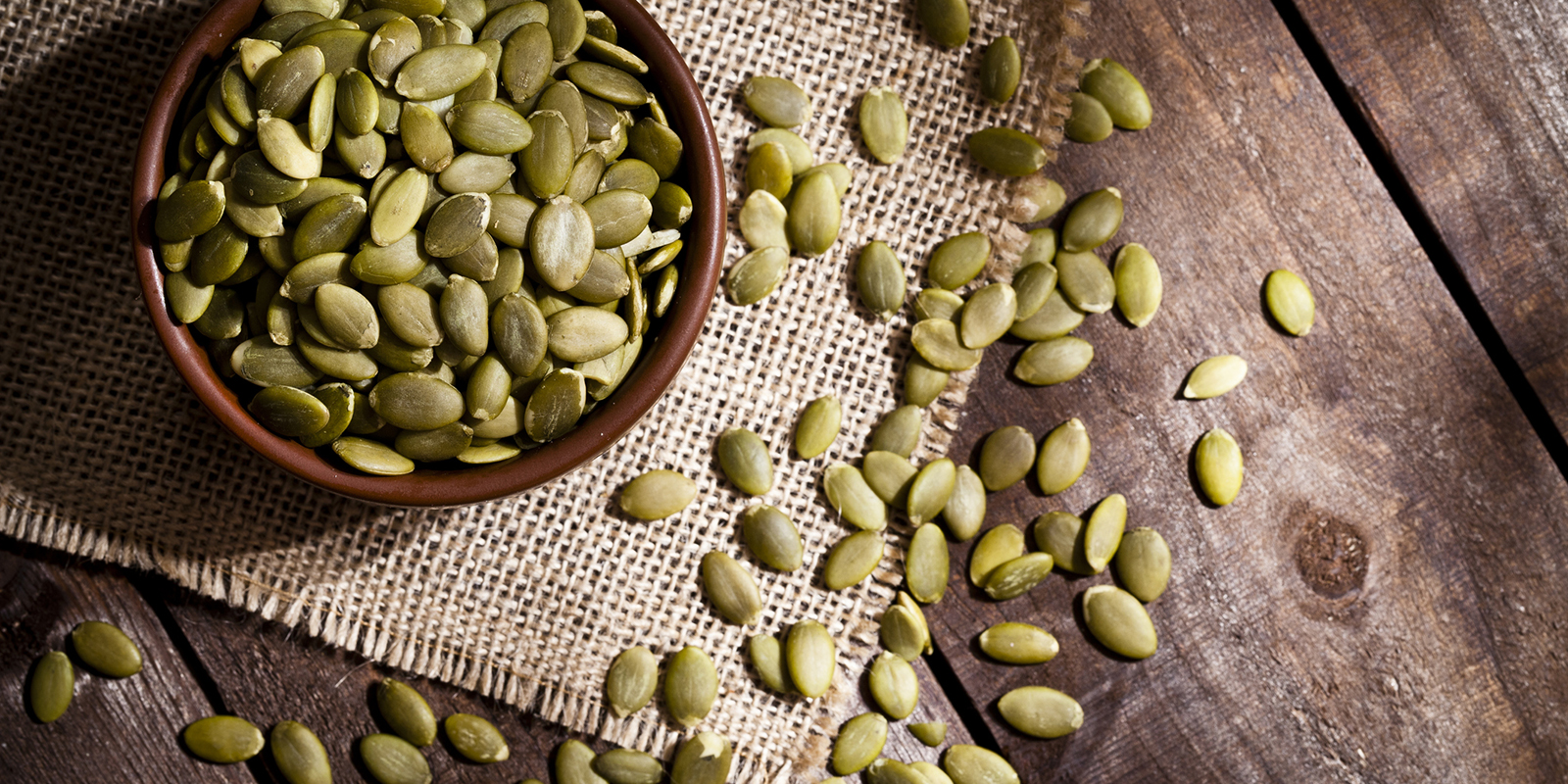November 14 was World Diabetes Day, because prevention is better than cure. And it takes physical activity and proper nutrition
In the world there are beyond 425 million diabetics, a number that, according to estimates, could reach 522 million by 2030. In Italy, in particular, suffer from diabetes approx 3.7 million people, but 1 in three does not know. For this there are initiatives such as the World Diabetes Day which was established in 1991 by the International Diabetes Federation (IDF) and the World Health Organization (WHO) and which was celebrated on November 14 in order to promote knowledge of this disease, raise awareness of the importance of early diagnosis and provide useful information for prevention and treatment.
What is diabetes, type 1 and type 2
Diabetes is a chronic disease characterized by the presence of high levels of glucose in the blood (hyperglycemia) due to an altered amount or function of the insulin produced by the pancreas. As explained by the Italian Diabetes Society (Sid), among the types of diabetes are the type 1 diabetes and the type 2 diabetes. The first is a disease of autoimmune origin and is the consequence of a relatively rapid destruction of the insulin-producing cells of the pancreas. It occurs mainly in children, adolescents, young adults and requires insulin injection therapy.
Type 2 diabetes has a deficit, less severe than diabetes 1, in the production of insulin or its use, and develops over a period of years. The most common symptoms of diabetes are increased thirst and urination, vision problems, tingling or numbness in the hands, feet, arms and legs, tiredness, while the consequences may be increased risk of heart attacks, strokes and reduced kidney function. Diabetes 2 (about 90% of diabetes cases) is often diagnosed occasionally and when complications are already present. Especially arises after 40 years of age and the onset of the disease is often linked to problems of overweight and obesity. Scientific studies have also identified 2 diabetes risk factors familiarity, sedentary lifestyle, smoking, alcohol consumption.
Healthy eating and physical activity, the first cure for diabetes
For this reason, to prevent and treat diabetes 2 it is useful to lead a healthy lifestyle that includes one Proper nutrition, varied and balanced, and the exercise ofphysical activity.
As recommended by the Ministry of Health, it should walk for at least 30 minutes a day avoiding two consecutive days of inactivity and regularly interrupting (for example, every 20-30 minutes) the time spent in a sitting and / or reclined position. Physical activity
increases the HDL cholesterol (the good one), reduces triglycerides and promotes the redistribution of body fat.
What are the feeding rules? He explains them in a simple way Diabetes Italy Onlus.
THE carbohydrates are the main persons responsible forincreased blood sugar, but they must be present in everyone's diet because they provide us with energy. However, we must prefer cereals and wholemeal flours and i less refined products. There are no limits to the intake of water, vegetables and legumes, while it is necessary to reduce a lot of foods with saturated fats – choosing i instead good fats contained, for example, in blue fish and extra virgin olive oil – and decrease products rich in added sugars. White meat and red meat must be alternated, preferring the former. And what about sweets? Are they to be avoided? They can be inserted sometimes, with some exceptions, but for diabetics the advice of an experienced doctor is required.
How can we help ourselves, in general, to control the sense of hunger and the risk of weight gain? From the association they suggest: choose spicy recipes, rich in flavors and colors; insert some breaks between one course and another; eat slowly chewing several times and without reading or watching TV; drink plenty of water with a meal and start with some 'Antipasti' with seasonal vegetables, rich in aroma and flavor; eliminate the habit of eating without thinking and without measure; appreciate what you eat, look for variety in purchases and preparations. Even the way of lay the table it's important.


